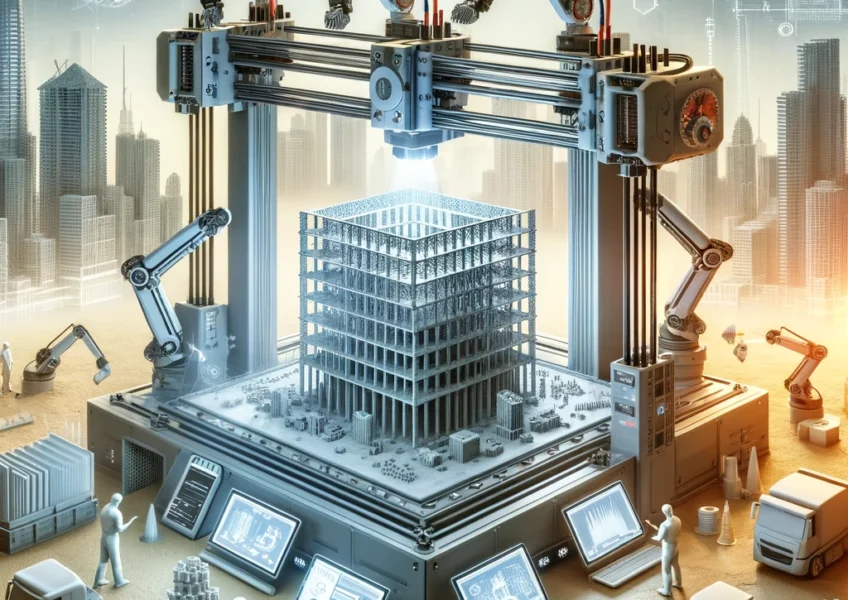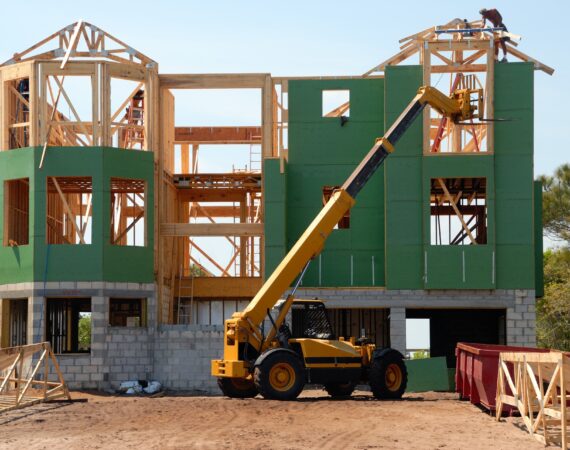The Future is Now: Exploring 3D Printed Buildings
Pioneering Construction with 3D Printing
3D printing technology, once a novelty, has now ventured into the construction industry, promising to revolutionize how buildings are designed, constructed, and even imagined. This innovative approach to construction offers numerous benefits, from reducing waste and costs to improving efficiency and customization.
How 3D Printing is Changing the Game in Construction
- Speed and Efficiency: 3D printing can significantly speed up the construction process, with some projects being completed in a fraction of the time it takes for traditional methods.
- Cost-Effectiveness: By precisely using materials and reducing waste, 3D printing can lower construction costs.
- Design Flexibility: This technology allows for more complex and customized designs, enabling architects to push the boundaries of creativity.
- Sustainability: 3D printed buildings often use eco-friendly materials and produce less waste, contributing to a more sustainable construction process.
Real-World Applications and Success Stories
Around the globe, 3D printing is being used to construct everything from residential homes to office buildings, showcasing the practicality and potential of this technology. Notable projects include printed homes in developing countries, offering a quick and cost-effective solution to housing shortages, and innovative office spaces that demonstrate the architectural possibilities of 3D printing.
Challenges and Future Outlook
While the prospects are exciting, widespread adoption of 3D printing in construction faces hurdles such as regulatory approvals, material limitations, and the need for skilled operators. However, as technology advances and these challenges are addressed, 3D printed buildings are set to become a more common sight, potentially transforming the construction industry as we know it.
Conclusion
3D printing in construction is more than just a futuristic concept; it’s a present reality with the potential to shape the future of how we build. As this technology continues to evolve, it promises to bring about a new era in construction that is more efficient, sustainable, and creatively unrestricted.


